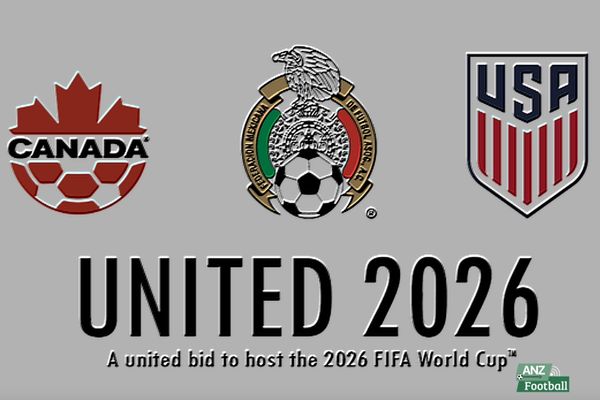The Wise Transfer Philosophy of Brighton This Season
2 years agoWe can look at how Manchester United spent £85m to sign Antony but left the Brazilian struggling to fit into the Premier League. Likewise, Chelsea have spent more than 500 million pounds for the 2022/23 season - a record number of the tournament. But they are still diving in 9th place in the English Premier League rankings
And look at Brighton - the team that lost coach Graham Potter and winger Marc Cucurella to Chelsea but are making huge progress this season. From the team that only finished 9th last season, the Seagulls are now full of hope to compete fairly for a ticket to the European Cup next season. It could be the Europa Conference League or the Europa League.
Moreover, in recent seasons, many of the pillars of this team have left to bring in a great source of income for the club. However, their squad didn’t weaken, the seagulls grew more and more. So let's analyze Brighton's remarkable transfer strategy, along with the role that the owner Tony Bloom and company Starlizard have played in the club's operations.
Watch live football tv today and see how Brighton competes in FA Cup.
Brighton's previous deals
Let's look back at how Brighton has let its pillars go over the years. Enock Mwepu - Brighton's most expensive contract to date has moved to RB Salzburg for £ 18 million. However, he retired in the 2021/22 season at the age of 24 due to heart disease.
Brighton have also sold giants Dan Burn for £14m, along with technical director Dan Ashworth to Newcastle in early 2021. Striker Neal Maupay has also moved to Everton for £15m.
In addition, two recent deals with Arsenal have brought the Amex team about 75 million pounds when Benjamin White and Leandro Trossard came to the Emirates Stadium. Yves Bissouma brought in £ 25 million when he moved to another London team, Tottenham. Of course, there are also the club's most expensive player sales - the more than £60m deal for Cucurella to move to Chelsea.
Brighton's impressive achievements in this season
It seems that with all of the above, the Seagulls will have many difficulties this season. However, this is one of the most successful seasons in Brighton's history so far. The Seagulls are in sixth place on the Premier League rankings table - a position enough to qualify for next season's European Cup. And the home team The Amex is also aiming for a place in the top 5 - where it can help them achieve their Europa League dream.
At the FA Cup playground, Brighton also reached the fifth round after convincingly defeating Liverpool 2-1. It's a feat made possible thanks to this club's very good transfer performance. Typical star players such as Moises Caicedo, Kaoru Mitoma and Alexis Mac Allister have continuously replaced and improved the position left behind each time a pillar leaves. It was as if Brighton were always ready for a replacement and the replacement was younger and better as each player left.
Brighton's transfer philosophy
It is not easy for a team like Brighton to achieve that and they must have a suitable recruitment strategy with a philosophy of football throughout and the ability to scout to sniff out talent around the world.
Brighton's job of finding talent seemingly has no bounds. They tracked down talent from almost every continent of the league. They can find Mitoma from Kawasaki Frontale, Japan or Mac Allister in Argentina in Argentinos Junior shirt. A very hot player in the last winter transfer window, Caicedo, was discovered by Brighton at a club in faraway Ecuador.
Unlike the rest of the mid-range teams that often focus on only 1 or 2 potential player markets, Brighton looks for raw gems around the world.
Applying science and technology to shopping
To find potential players, the Seagulls chose to apply data science to scouting. They have a team of analysts who use the data to identify players who fit the club's playstyle, as well as to assess the potential and suitability of players for the Premier League. This can help Brighton implement a wide net strategy without having to spend too much money.
In the past, finding talent relied heavily on mobility. Club scouts have to travel across Europe and countries around the world to watch lower league matches live. Now, everything can be analyzed with data with the statistics of tens of thousands of players around the world being filmed and analyzed specifically.
The applications of big data are very developed, such as the recent ChatGPT software. And Brighton has known how to use the power of technology to serve the club. Goals, successful tackles and interceptions, completed passes and many other stats are analyzed to identify potential club transfer targets.
Not just for the players, data analytics played a key role in getting Graham Potter into the Seagulls' sights. They had targeted him even before Potter left Ostersunds - a little-known club from Sweden to Swansea.
Of course, it is not natural that Brighton came and used this tool. Tony Bloom - Brighton's owner is a pioneer in the use of data technology in football at the club. Bloom has experience running Starlizard - a professional sports analytics company which is described as a betting consulting firm that uses complex statistical models to generate soccer odds that are more accurate than odds offered by professional bookmakers. Therefore, he understands the power and benefits of technology very well.
Wise investment strategy
Buying players at a low price, exploiting the potential of the players, helping them develop and then selling them back at a high price is a very wise transfer strategy of Brighton. And the first step to success is to ensure the growth of talent by being willing to give them the chance to step out on a regular basis.
It can be seen that not many Premier League teams are willing to give young players the opportunity to perform on the field like Brighton. Players like Caicedo, Tariq Lamptey, Mac Allister or Mitoma are low-risk investments but have grown in value very quickly in recent times. Caicedo was asked by both Arsenal and Chelsea to buy in the last winter transfer window for £ 70 million. Mac Allister and Mitoma after the World Cup are both showing an impressive form, promising to be blockbuster contracts in the future.
The Seagulls are also very brave and smart when deciding to sell key players. They sold Bissouma after determining that Caicedo would be the successor to the previous Mali player. Or like the fact that they quickly recruited Pervis Estupinan - a potential player to replace Cucurella for only a quarter of the price. Or when Leandro Trossard recently rebelled and wanted to move to Arsenal, Brighton's coaching staff immediately put their trust in Mitoma.
Clear stance in negotiations
Once they have valued the players, Brighton will not intend to lower the price they offer. Arsenal, known for being clever in the transfer market in recent seasons, have not been able to force Ben White's price below £50 million. Last summer transfer period, Manchester City also had to withdraw after being unable to meet the amount of more than £ 50 million for Cucurella.
The next example is the recent Caicedo deal. Brighton know the Ecuadorian midfielder has great potential and they also want to keep them competitive this season. So, despite receiving a price of 80 million pounds, The Amex team still did not release people.
Journalist Dean Jones confirmed that there was no money available to get Caicedo off The Amex. Jones said: “They are considering a third offer. In the end, that bid won't be £80 million. Frankly, as the deadline approached, Brighton made it clear from the start that the player was not for sale. So even if they offered £80m on the last day, they wouldn't get him.
Along with that, Brighton has always had a philosophy throughout since the days of Graham Potter or to De Zebi. The Seagulls have always had a clear style of management and play, helping the recruiting team to target players who fit the team's playstyle. Even the departure of technical director Dan Ashworth - who moved to Newcastle did not change the internal structure and philosophy of Seagulls. Besides, David Weir has worked as Ashworth's assistant before, so it is not difficult for Weir to take over this role immediately.
There is no denying that Brighton is the team with the smartest transfer in the Premier League at the moment. They know how to apply the club's cultural integration technology. The Seagulls really have a way of doing it well enough for other clubs to learn.
Other news
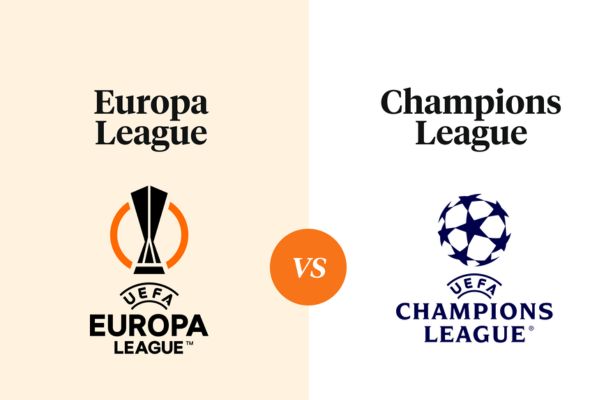
Champions League vs. Europa League: Which One is Better?
2 years ago
Champions League vs Premier League: What Is The Key Difference?
2 years ago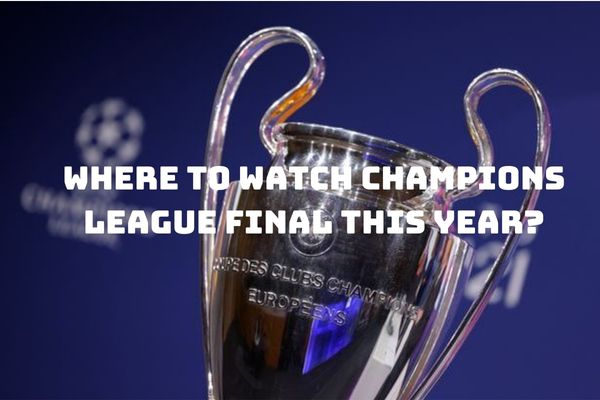
Where to watch the Champions League final? Ultimate Guideline 2023
2 years ago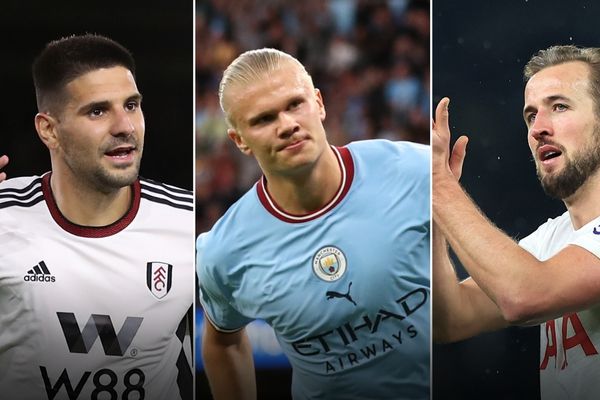
Top 5 Best Strikers In Europe 2023
2 years ago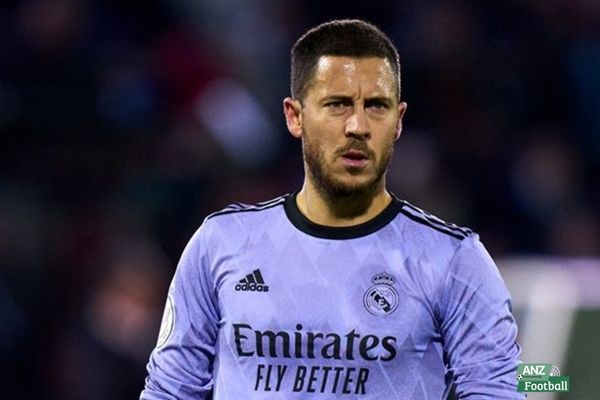
Eden Hazard Biography and His Up and Down Football Career
2 years ago